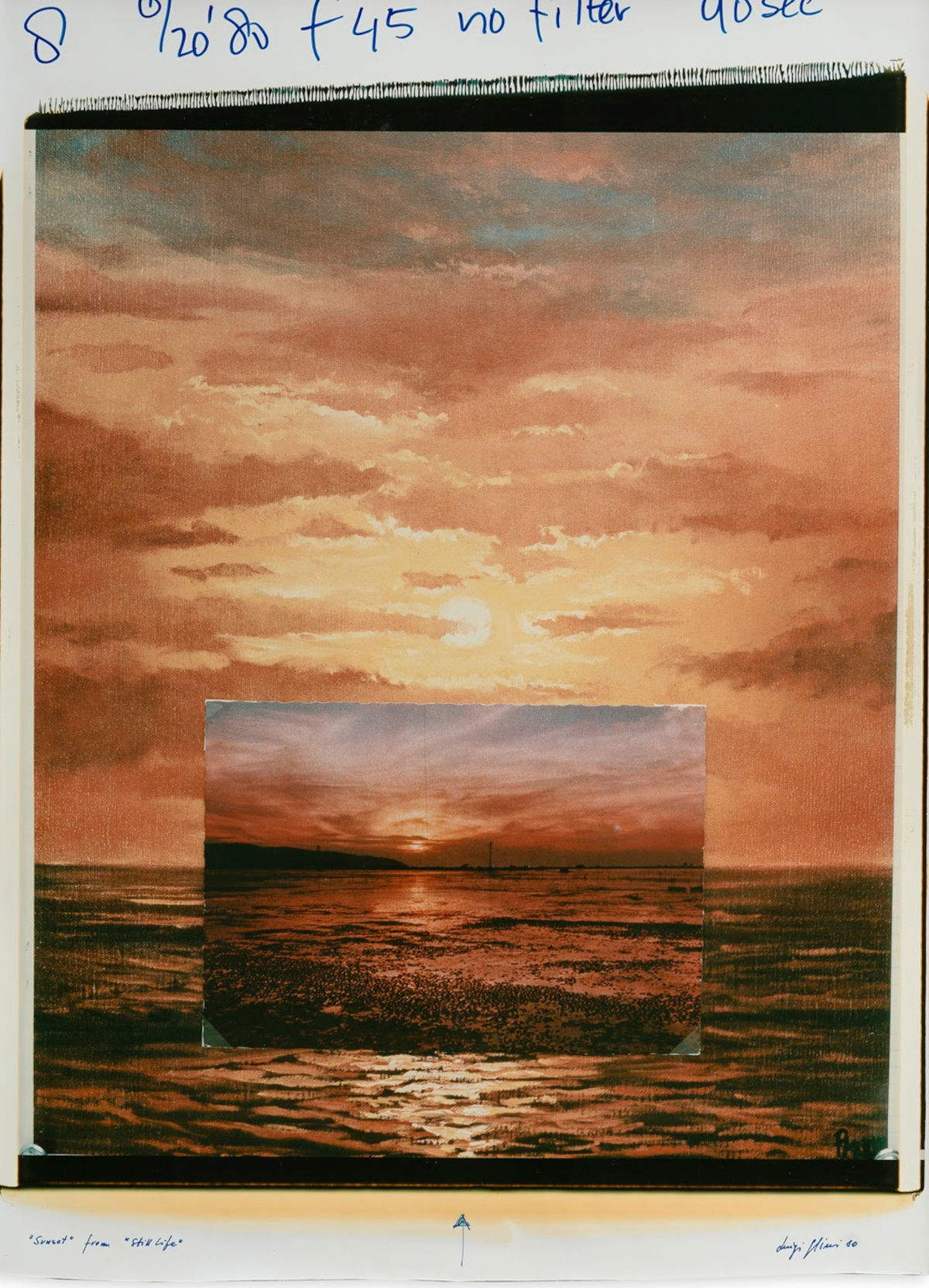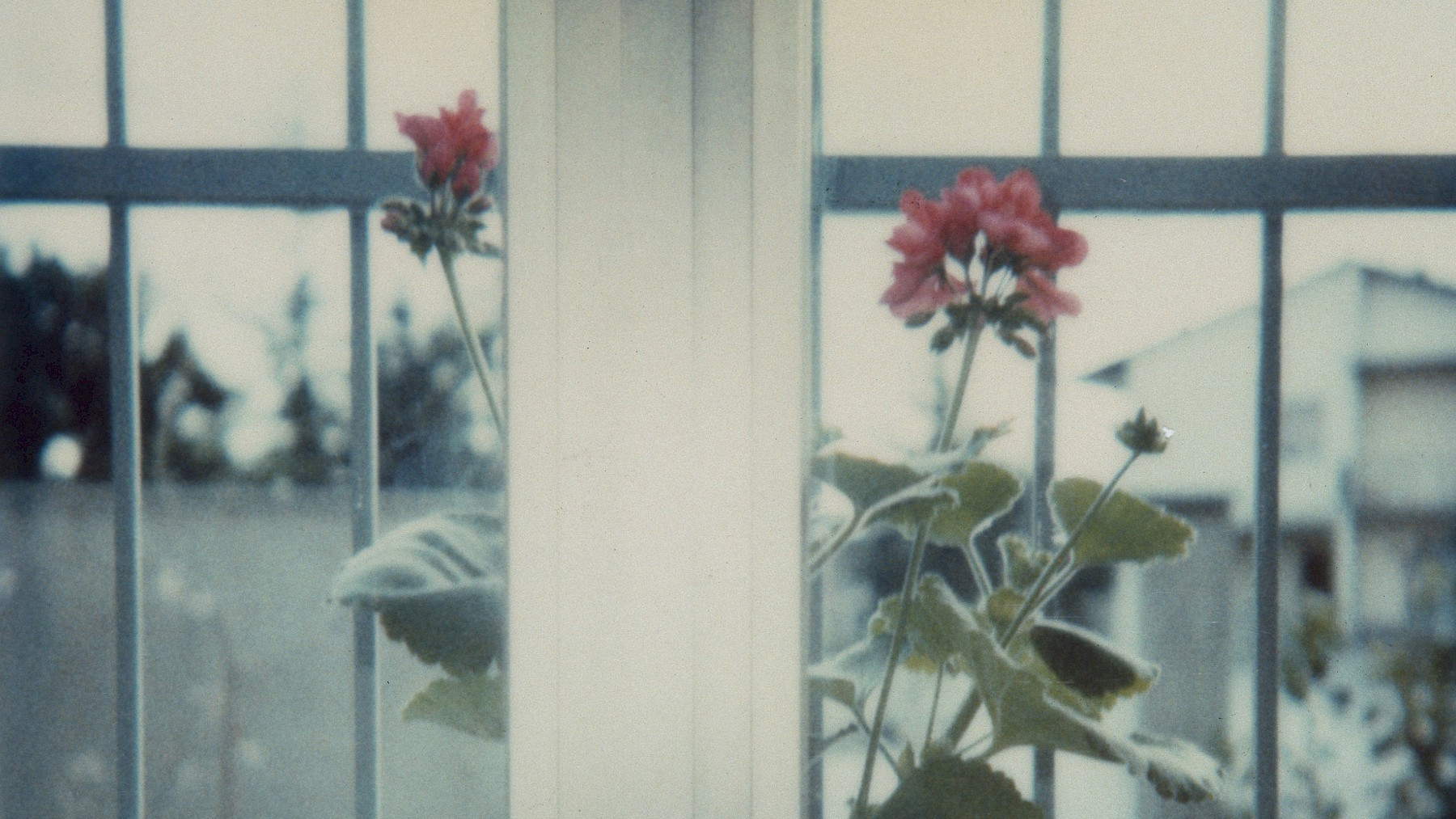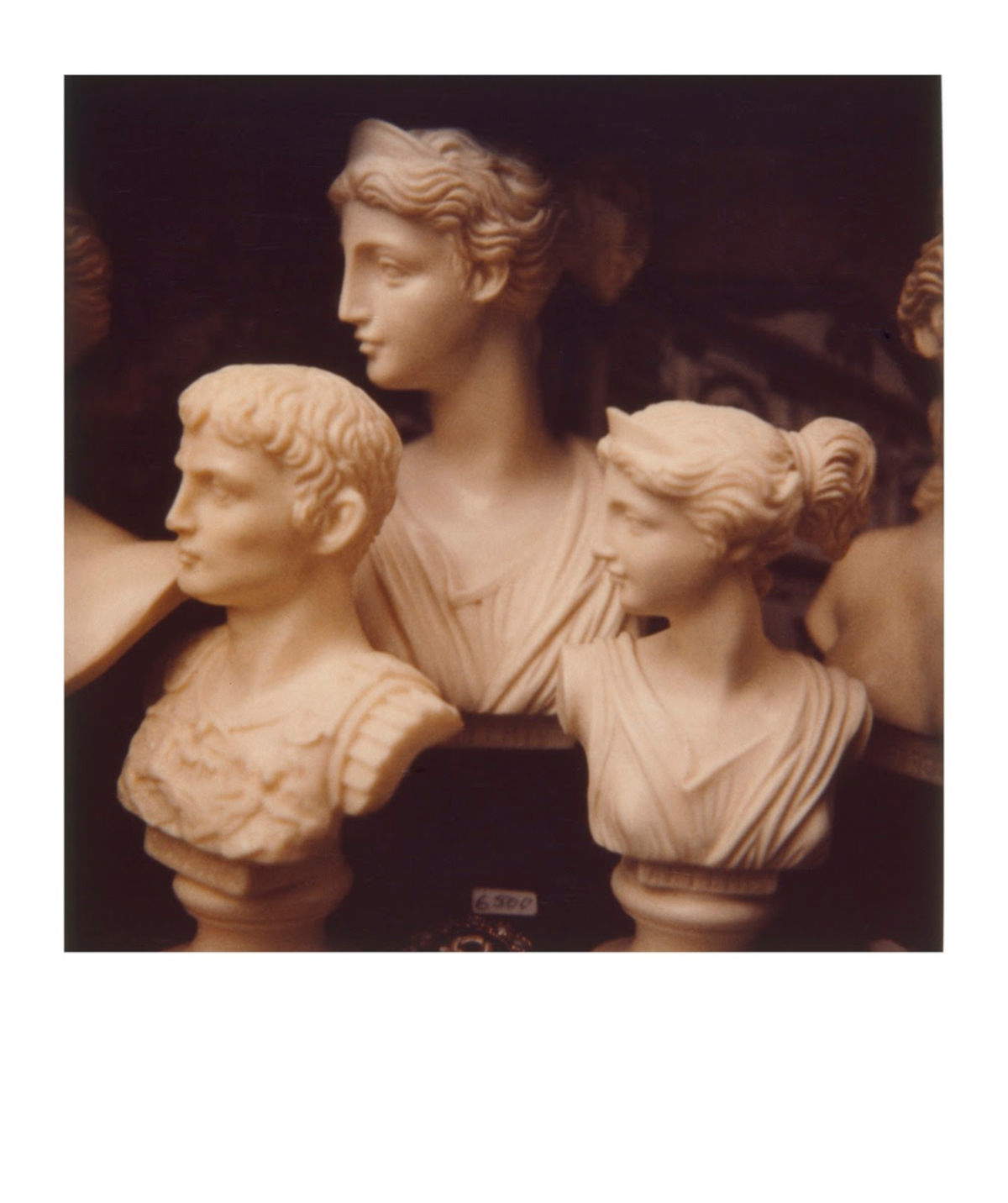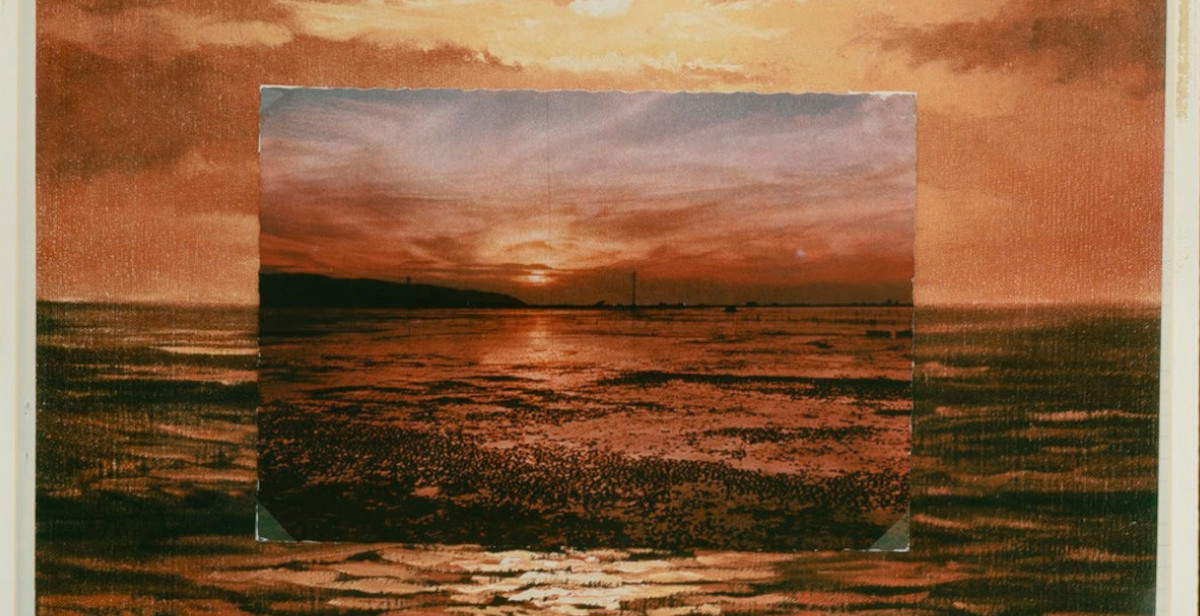The Luigi Pecci Center for Contemporary Art in Prato announces the opening of the exhibition Luigi Ghirri. Polaroid ’79 - ’83, curated by Chiara Agradi and Stefano Collicelli Cagol, scheduled from Nov. 22, 2025 to May 10, 2026. The exhibition represents the first Italian exhibition entirely dedicated to the Polaroid work of Luigi Ghirri, an internationally known Italian post-World War II photographer. The realization of the event was possible thanks to the collaboration with the Luigi Ghirri Foundation.
Ghirri’s photographic research lies in an intermediate dimension between conceptual approach and empathic construction of the image. The Emilian master’s photographs combine objects charged with memory, layers of the Italian landscape and human figures, offering a sense of familiarity and identification. The recognizability of the subjects coexists with an analytical methodology, which focuses attention on the mechanisms of photography itself. The works raise questions related to technique, such as the management of temporality, composition that can include and exclude, the splitting of reality, and the revelation of what remains invisible despite being daily before the eyes.

The exhibition brings together a large body of Polaroids made between 1979 and 1983, a period in which the Polaroid company supplied Ghirri with a considerable amount of film and camera equipment, fostering his approach to instant photography. Between 1980 and 1981 the photographer was invited to Amsterdam, to the company’s European headquarters, to test the Polaroid 20x24 Instant Land Camera, a tool capable of producing extra-large snapshots in just over a minute. The exhibition includes shots of various sizes, showing a previously unseen Ghirri and highlighting two distinct aspects of his practice.
On the one hand, the photographer embraces the aleatory nature inherent in snapshot photography, experimenting with the possibility of immediately visualizing the result of the image. On the other, away from his Emilia, he reconstructs his own universe of objects and memories in different contexts, transporting selected elements from Italy to the Netherlands to make compositions in front of the camera. This dual approach highlights Ghirri’s ability to integrate conceptual rigor and spontaneity of the medium.

The exhibition presents contemporary audiences, particularly younger visitors, with food for thought on the relationship between analog photography with immediate development and the rapid fruition of images made commonplace by the use of smartphones and digital photography. In this sense, Luigi Ghirri. Polaroid ’79-’83 fits into the Pecci Center’s panorama of initiatives dedicated to new readings of already well-known figures, highlighting still little explored aspects of their production. Ghirri’s work, already widely recognized and present in numerous exhibitions, publications and editorial reproductions, constitutes an element of appeal to a generalist audience. The review allows for an in-depth exploration of a lesser-known dimension of his practice, focusing on the specific corpus of Polaroids.
The selection of works in the exhibition thus documents Ghirri’s ability to establish a dialogue between objects, places and figures, delineating a mental as well as a physical landscape. The Polaroids simultaneously represent territory, memory and human presence, with a language that combines attention to detail and openness to the viewer. Comparing images taken in Italy and Holland also highlights how the photographer adapted his poetics to different contexts, transporting symbolic elements from one place to another to build new compositions. From a technical point of view, the exhibition allows us to observe the differences between traditional and extra-large formats offered by the Polaroid 20x24, showing how the size of the medium affects the perception of the image and the interaction between compositional elements.

The ability to visualize the result immediately allowed Ghirri to refine his attention to detail, while maintaining the openness to randomness introduced by the instantaneous medium. The exhibition is also an opportunity to assess the ways in which analog photography anticipated practices now established in digital culture, from the speed of fruition to the interest in the image as an object of immediate exchange. The experience presented by the exhibition allows us to reread Ghirri’s production in the light of contemporary tools, comparing concepts of time, memory and visual perception between analog and digital.
 |
| At the Pecci Center in Prato, the first Italian exhibition dedicated to Luigi Ghirri's Polaroids |
Warning: the translation into English of the original Italian article was created using automatic tools. We undertake to review all articles, but we do not guarantee the total absence of inaccuracies in the translation due to the program. You can find the original by clicking on the ITA button. If you find any mistake,please contact us.